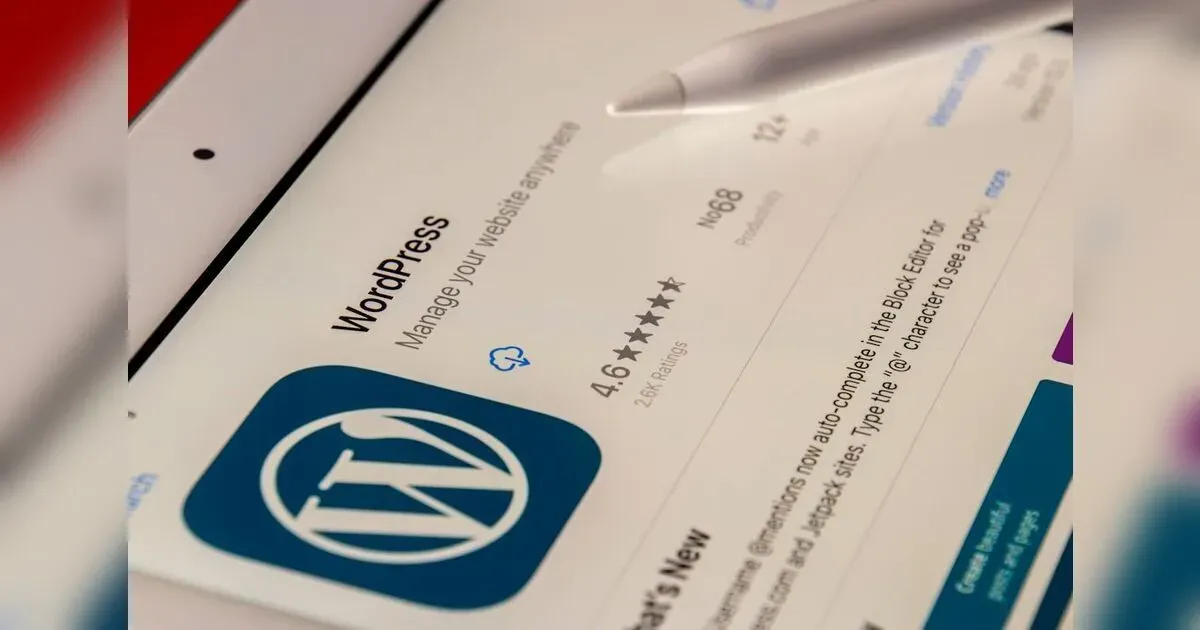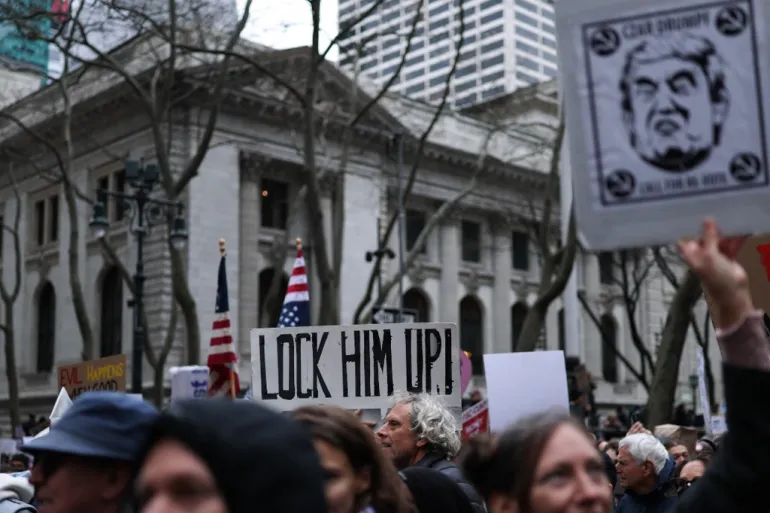Navigating the world of car insurance can indeed be overwhelming, especially with the sheer amount of jargon and the various types of coverage available. It’s easy to feel lost when faced with terms like liability, collision, and comprehensive coverage, each of which serves a different purpose.
Navigating the world of car insurance can indeed be overwhelming, especially with the sheer amount of jargon and the various types of coverage available. It’s easy to feel lost when faced with terms like liability, collision, and comprehensive coverage, each of which serves a different purpose.
Car insurance is not just a legal requirement but a vital aspect of responsible vehicle ownership. It helps safeguard you against financial loss in case of accidents, theft, or other unexpected incidents involving your car. The complexity of car insurance comes from the different types of coverage, each designed to address specific risks and scenarios. By breaking down these essential terms, you’ll gain a clearer understanding of what each type of coverage entails and how it impacts your overall insurance policy.
What Is Car Insurance?
Car insurance is a crucial safety net designed to protect you from financial loss in case something goes wrong with your vehicle. Whether you’re involved in an accident, your car is stolen, or it gets damaged by weather, car insurance helps cover the costs. However, not all insurance policies are created equal. Understanding the different types of coverage ensures that you get the protection you need without paying for unnecessary extras.
Why Understanding Insurance Terms Is Important
Understanding insurance terms is important for several reasons:
- Financial Protection: Knowing what each type of coverage offers ensures that you’re not left financially exposed in case of an accident or damage to your vehicle.
- Compliance: Familiarity with insurance terms helps you meet legal requirements and avoid penalties for inadequate coverage.
- Cost Efficiency: By understanding the differences between coverage options, you can choose a policy that balances protection with affordability, avoiding overpaying for unnecessary coverage.
- Informed Decisions: A clear understanding of insurance terms enables you to make informed decisions about which coverages are most relevant to your needs.
Breaking Down the Essential Terms
To help you navigate the world of car insurance, let’s break down the essential terms, liability, collision, and comprehensive coverage. Understanding each of these types of insurance will provide you with a solid foundation for evaluating your policy options and making the best choices for your needs.
Liability Coverage
Liability coverage is one of the most important aspects of car insurance. It’s designed to protect you if you’re at fault in an accident. Here’s a closer look at what liability coverage includes:
- Coverage for Bodily Injury and Property Damage
If you cause an accident that injures someone or damages their property, liability insurance steps in to help cover their expenses. This includes medical bills for injuries sustained by others, repair costs for their damaged property, and even legal fees if you’re sued as a result of the accident.
For instance, if you accidentally rear-end another vehicle and the driver is injured, your liability coverage will help cover their medical bills. Similarly, if you damage someone’s fence or their car, your policy will assist with the repair costs.
- Limitations of Liability Coverage
While liability insurance is crucial, it doesn’t cover damage to your car. Its purpose is to cover the costs of harm caused to others, not to address any damage to your vehicle. So, if you’re involved in an accident and your car is damaged, you’ll need additional coverage to help with those costs.
Additionally, liability coverage has limits. This means there’s a cap on how much the insurance company will pay out for a single accident or over a policy period. It’s important to choose coverage limits that are adequate for your needs to avoid paying out of pocket in case of a major accident.
- Importance of Liability Coverage
Liability insurance is often required by law. Most states mandate a minimum level of liability coverage to ensure that drivers have a way to cover damages if they cause an accident. This legal requirement helps protect other drivers and property owners from bearing the full financial burden of an accident.
Collision Coverage
Collision coverage is specifically designed to protect your vehicle when it’s damaged in an accident. This type of insurance is crucial for maintaining your car’s value and ensuring you don’t face significant repair costs after a collision.
- Protection for Accident-Related Damage
If you’re involved in an accident, collision coverage helps pay for repairs to your car. This includes damage from hitting another vehicle, a stationary object like a tree or a pole, or even damage from a rollover accident. Essentially, if your car is damaged due to a collision, this insurance will help cover the repair or replacement costs.
For example, if you crash into a guardrail, collision coverage will help pay for the repair costs. If your car is totaled in the accident, it will help cover the cost of replacing it, up to the car’s actual cash value.
- What Collision Coverage Doesn’t Cover
It’s important to note that collision coverage doesn’t include damage from non-collision incidents. For example, if your car is stolen or damaged by a natural disaster, collision coverage won’t apply. You’ll need other types of coverage to address these scenarios.
- Why Collision Coverage Is Useful
Collision coverage is particularly valuable if you have a newer or more expensive car. New cars can be costly to repair or replace, so having collision coverage ensures that you’re not left with a hefty bill if you’re involved in an accident. For older cars, you might evaluate whether the cost of this coverage is worth the potential benefits.
Comprehensive Coverage
Comprehensive coverage protects damage to your car that isn’t related to collisions. This type of insurance covers a range of issues, making it a broad and flexible option for protecting your vehicle.
- Protection for Non-Collision Incidents
Comprehensive coverage helps with damage caused by events other than collisions. This includes theft, vandalism, natural disasters like floods or hail, and damage from falling objects. For example, if a tree falls on your car during a storm, comprehensive coverage will help cover the repair costs. Similarly, if your car is stolen, this insurance will help with replacement costs.
- Limitations of Comprehensive Coverage
While comprehensive coverage is extensive, it doesn’t cover damage resulting from a collision. If you’re involved in an accident where your car collides with another vehicle or an object, you’ll need collision coverage for those repairs. Comprehensive insurance is specifically for incidents unrelated to collisions.
- Benefits of Comprehensive Coverage
Comprehensive coverage offers peace of mind by protecting you from a wide range of potential issues. It’s especially useful if you live in an area prone to natural disasters or high theft rates. This coverage helps ensure that you’re not left financially vulnerable if something unexpected happens to your car.
Choosing the Right Coverage
Selecting the appropriate car insurance coverage involves careful consideration of several factors. Here’s how to make the right choice:
- Assess Your Needs
Begin by evaluating the value of your car and your driving habits. If you drive a newer or more valuable vehicle, collision and comprehensive coverage might be worth considering to ensure you’re fully protected. For older cars with lower value, you might decide that liability coverage alone is sufficient.
Think about how much you rely on your car and the potential risks you face. If you live in an area prone to severe weather or high crime rates, comprehensive coverage can provide added protection against these risks.
- Consider Your Budget
Your budget plays a significant role in determining the right level of coverage. Higher coverage limits and additional types of insurance can increase your premiums. Assess how much you can comfortably afford for insurance premiums and deductibles, and find a balance that fits within your financial constraints.
- Know the Legal Requirements
Different regions have varying legal requirements for car insurance. Ensure you’re familiar with the minimum coverage levels required by law in your area. While liability insurance is often mandatory, collision and comprehensive coverage are typically optional but may be beneficial depending on your situation.
FAQ’s About Car Insurance
1. Do I Need All Three Types of Coverage?
Not necessarily. Liability insurance is usually required by law, but collision and comprehensive coverage are optional. Evaluate your car’s value and driving habits to decide if you need additional coverage.
2. How Do I File a Claim?
To file a claim, contact your insurance company immediately. They’ll guide you through the process, which involves reporting the incident, submitting necessary documentation, and getting repair estimates.
3. What Does Liability Coverage Include?
Liability coverage pays for damages or injuries you cause to others in an accident. It helps cover medical expenses and property damage but does not cover your own vehicle’s damages.
4. How Does Collision Coverage Work?
Collision coverage helps pay for repairs to your car if you’re in an accident with another vehicle or object. It doesn’t cover damage from non-collision events like theft or natural disasters.
5. What Is Covered by Comprehensive Insurance?
Comprehensive insurance covers damage to your car not caused by collisions, such as theft, vandalism, natural disasters, or hitting an animal. It provides broad protection against various risks.
6. Are There Discounts for Good Drivers?
Yes, many insurance companies offer discounts for good drivers. Maintaining a clean driving record, having no recent claims, and completing defensive driving courses can qualify you for lower premiums.
7. How Can I Lower My Insurance Premiums?
You can lower your premiums by comparing quotes from different insurers, taking advantage of available discounts, increasing your deductible, and bundling your car insurance with other policies.
8. What Should I Do After an Accident?
After an accident, ensure everyone is safe, call the police if necessary, exchange information with other parties, take photos of the scene, and contact your insurance company to report the incident.
9. How Often Should I Review My Insurance Policy?
It’s a good idea to review your insurance policy annually or after major life changes, such as buying a new car, moving, or changes in your driving habits, to ensure it still meets your needs.
10. What Are Common Exclusions in Car Insurance Policies?
Common exclusions include damage from routine wear and tear, mechanical breakdowns, and intentional damage. Always read your policy carefully to understand what is and isn’t covered.
Conclusion
Understanding the differences between liability, collision, and comprehensive coverage helps you make informed choices about your car insurance. Liability protects others if you’re at fault, collision covers damage from accidents, and comprehensive deals with a variety of non-collision issues. By evaluating your needs, budget, and legal requirements, you can select the right coverage to keep you and your vehicle protected. With this knowledge, you’re better equipped to handle your car insurance with confidence. Drive safely and stay protected!


























